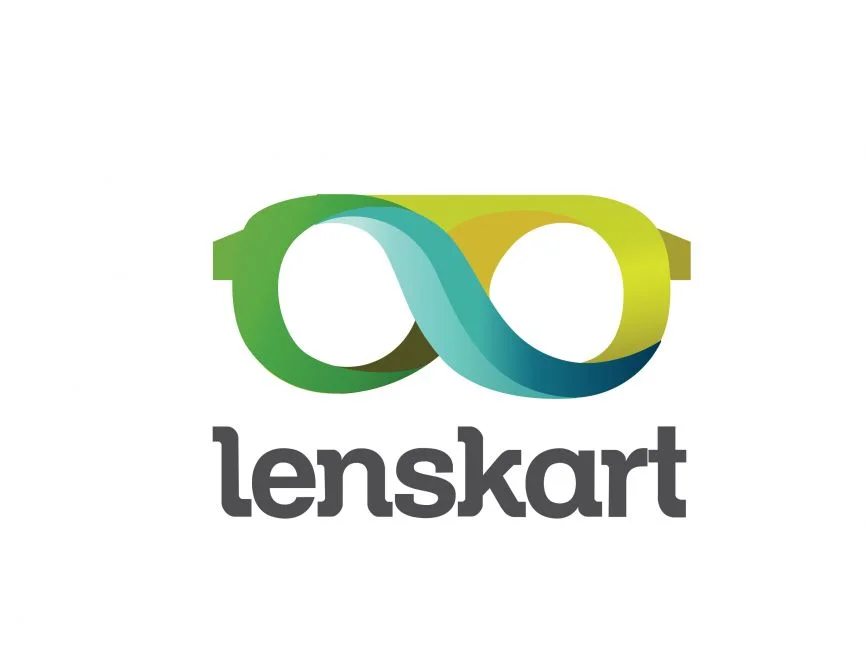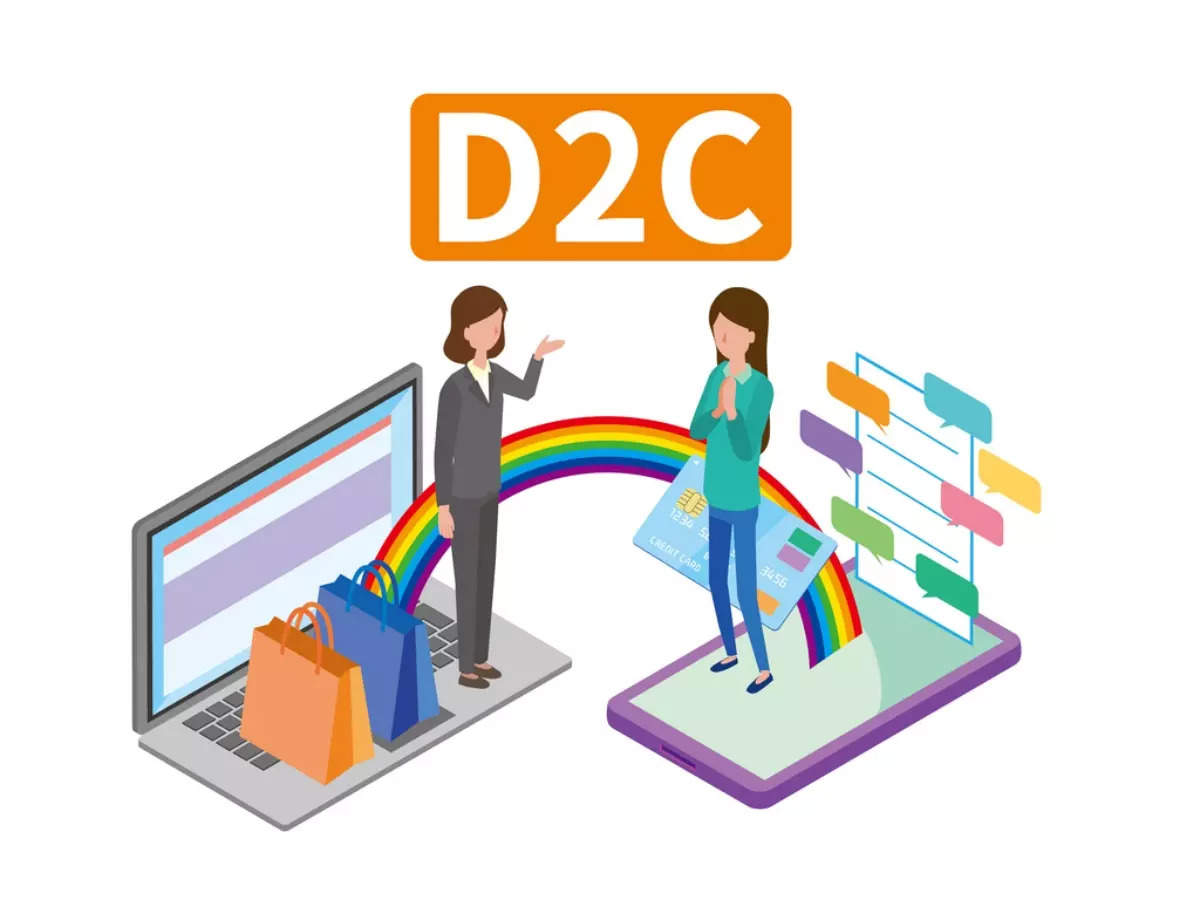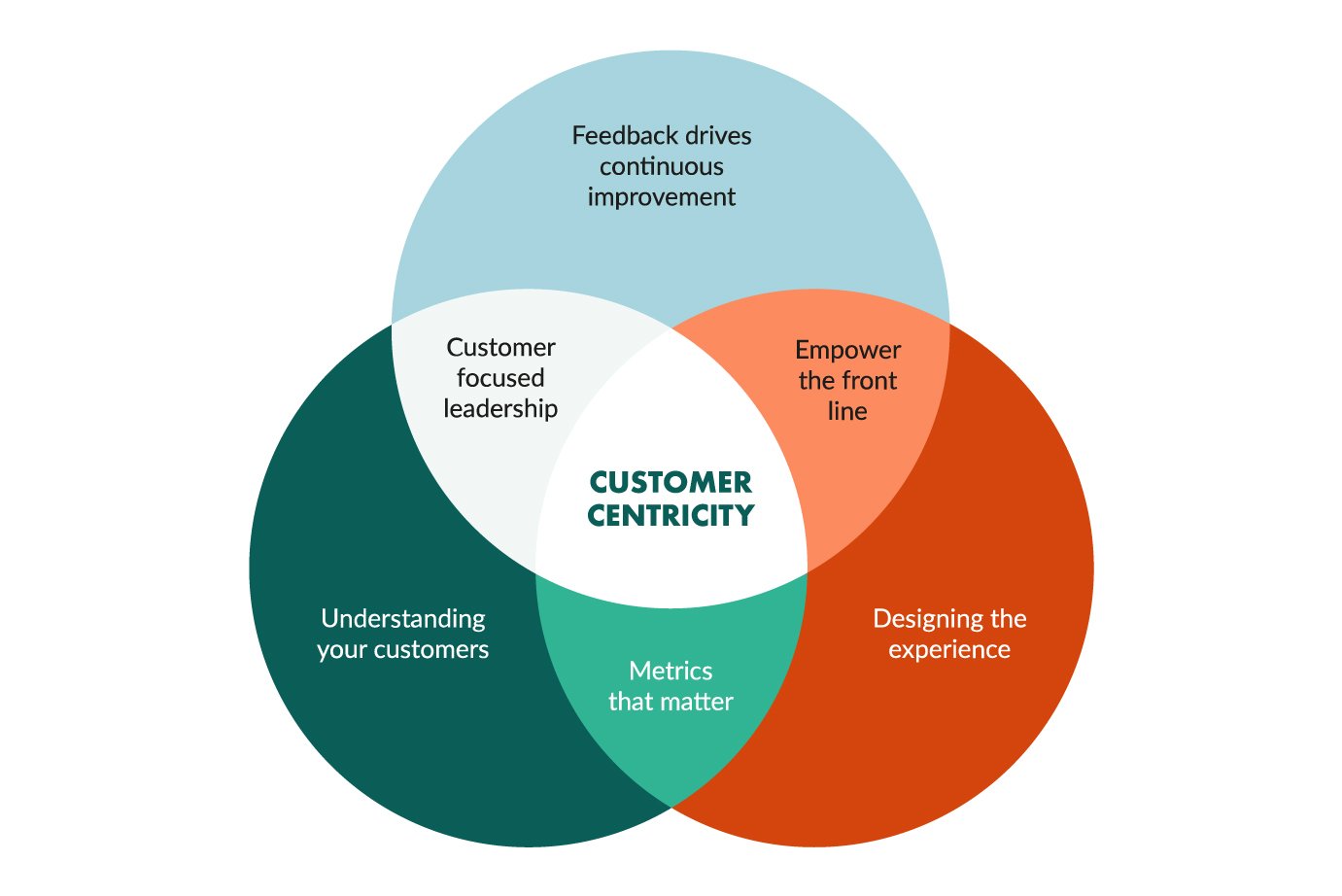Lenskart Billion Dollar D2C Success is a remarkable tale of perseverance, innovation, and unwavering focus on customer satisfaction. Launched by Peyush Bansal in 2010, Lenskart has grown into a dominant force in India’s eyewear market, now valued at over $2.5 billion. With over 1,000 global stores and annual revenue exceeding ₹1,500 crore, the company revolutionized the industry by incorporating cutting-edge technology, customer-first strategies, and efficient scaling techniques, making it a leading Direct-to-Consumer (D2C) brand.
This blog will explore the strategies that fueled Lenskart’s rise to the top of the industry, how it attracted massive investments, and the key business decisions that helped them expand both online and offline.

The Origins of Lenskart: Identifying a Market Gap
The idea for Lenskart was born out of Peyush Bansal’s realization that there was a massive gap in the Indian eyewear market. Nearly 600 million people in India needed vision correction, yet access to affordable, high-quality eyewear was limited. Traditional brick-and-mortar opticians were expensive and lacked variety.
Lenskart started as an online-only platform in 2010, providing affordable eyewear with the convenience of e-commerce. This model helped bypass the costly retail chain and enabled direct engagement with consumers.
Early Milestones:
- 2010: Lenskart was founded, initially operating purely online.
- 2011: Reached ₹50 lakh in revenue.
- 2012: Expanded into prescription glasses and contact lenses, launching its own manufacturing facility.
- 2014: Opened the first physical retail store, marking the beginning of its omnichannel strategy.
Leveraging the D2C Model for Explosive Growth
Lenskart’s initial success can be attributed to its Direct-to-Consumer (D2C) model. This business model allowed Lenskart to keep prices competitive while maintaining control over product quality and customer experience. The D2C model was pivotal in eliminating intermediaries, reducing margins, and passing on the benefits to the customers.

Key Benefits of the D2C Model:
- Cost Control: By cutting out middlemen, Lenskart could offer high-quality products at 30-40% lower prices than traditional eyewear brands.
- Brand Control: Lenskart maintained control over every aspect of the brand experience, from product design to customer service.
- Data-Driven Insights: Direct interaction with consumers allowed Lenskart to collect valuable customer data, enabling them to personalize product offerings and marketing campaigns.
By the end of 2015, Lenskart was generating ₹100 crore in annual revenue, solidifying its position as one of India’s leading D2C brands.
Scaling Through Omnichannel Expansion
While Lenskart began as an online platform, it quickly recognized the importance of having a physical presence. The introduction of omnichannel retailing in 2014 was a game-changer, allowing the company to reach a broader audience. Lenskart offered customers the convenience of browsing online, combined with the ability to try on frames in-store.
Expansion Milestones:
- 2014: First physical store opens in India.
- 2018: 500 stores operational across India.
- 2020: Crossed ₹1,500 crore in revenue with over 750 stores.
- 2023: More than 1,000 retail stores globally, including stores in the Middle East and Southeast Asia.
Lenskart’s omnichannel approach—offering both an online platform and retail presence—allowed them to target customers who preferred trying products before purchase. In fact, 60% of Lenskart’s sales are now driven by their physical stores, while online sales contribute to the remaining 40%.
Utilizing Technology to Enhance Customer Experience
Technology has been central to Lenskart’s success. One of the company’s major innovations was the introduction of the 3D Try-On feature, which allowed customers to upload their pictures and virtually try different frames. This interactive tool was a huge success and helped boost online conversion rates.
Tech-Driven Features:
- 3D Try-On: Lenskart’s proprietary tool increased customer engagement and online sales.
- AI-Powered Recommendations: Personalized suggestions based on browsing and purchase history improved product relevance for customers.
- Automated Manufacturing: Investment in high-end robotic manufacturing reduced human error and improved product quality, making the process faster and more cost-efficient.
By 2020, Lenskart had invested over ₹150 crore in technology, allowing it to streamline its operations, enhance user experience, and scale more efficiently.
Customer-Centric Approach: A Key Differentiator
One of Lenskart’s key differentiators is its customer-centric approach. Understanding that buying eyewear is a personal experience, Lenskart introduced several innovative services designed to make the buying process seamless.

- Home Try-On Service: Lenskart pioneered the “home try-on” service, where customers could select up to five frames and have them delivered to their home for trial.
- Free Eye Exams: To enhance the customer experience, Lenskart provides free eye tests at its retail stores and offers home visits by trained professionals. By 2023, they conducted over 10 million eye exams.
- Loyalty Programs: Lenskart launched a subscription-based membership program called Lenskart Gold, which offers exclusive discounts and early access to new collections.
By focusing on creating an effortless and convenient shopping experience, Lenskart has built a customer base of over 10 million satisfied users by 2022.
Investor Confidence and Funding Rounds
Lenskart’s business model, growth potential, and market traction attracted several rounds of funding from global investors. The brand secured its first major funding in 2013, with investments from IDG Ventures. Subsequent rounds brought in funds from TPG Growth, SoftBank Vision Fund, Kedaara Capital, and Temasek Holdings, among others.
Notable Funding Milestones:
- 2013: Raised ₹22 crore in Series A funding from IDG Ventures and Unilazer Ventures.
- 2018: Raised ₹400 crore from TPG Growth.
- 2020: Secured $275 million from SoftBank Vision Fund, marking its entry into the unicorn club with a valuation of over $1.5 billion.
- 2023: Valuation crossed $2.5 billion, positioning Lenskart as one of the most valuable eyewear companies globally.
Global Expansion and Future Outlook
As Lenskart continues to dominate the Indian eyewear market, the company is eyeing global expansion. The brand has already opened stores in Singapore, Dubai, and the US, and aims to capture a significant share of the global eyewear market by 2025.

Global Expansion Goals:
- International Markets: Lenskart plans to expand into Southeast Asia, the Middle East, and Europe by opening more stores and strengthening its online presence.
- Revenue Target: Lenskart aims to hit ₹5,000 crore in revenue by 2025, focusing on expanding its omnichannel model and investing in advanced technology.
Conclusion: Key Takeaways for Aspiring Entrepreneurs
Lenskart’s incredible growth offers valuable lessons for entrepreneurs looking to succeed in the D2C space:
- Identify a Market Gap: Like Lenskart, start by solving a problem that affects millions of people.
- Invest in Technology: Use technology to streamline your business, improve customer experience, and stay competitive.
- Omnichannel Presence is Key: While digital is important, don’t underestimate the value of having a physical presence for customer trust and convenience.
- Scale with Caution: Lenskart scaled rapidly but did so in a controlled manner, ensuring that infrastructure and logistics were in place to meet demand.
- Prioritize Customer Experience: Offering exceptional customer service can turn first-time buyers into loyal, repeat customers.
Lenskart Billion Dollar D2C Success highlights its incredible journey from a small startup to a billion-dollar powerhouse, driven by innovation, customer-centricity, and strategic scaling. With ambitious plans for global expansion and new market penetration, Lenskart’s future remains promising as it continues to disrupt and revolutionize the eyewear industry.








